What started as an esoteric practice of a select few is gradually making its way into casual conversations among those who are willing to explore new ways.
However, microdosing is not devoid of challenges, namely the fact that most microdosed substances are illegal.
In addition to the obvious issue of practicing something that’s unlawful and risking fines, jail time or losing your job, there’s a significant lack of comprehensive scientific information about microdosing.
The available information is partly anecdotal and partly based on research that is simply not conducted with a fully scientific protocol due to obvious constraints.
What is microdosing?
Microdosing is the ingestion of tiny doses of psychedelic substances, though this may be practiced with many other substances as well. A microdose is typically 1/10 to 1/20 of a normal dose, or 10 to 20 micrograms.
The objective of microdosing is to enjoy the positive effects of a substance (improved focus, energy and emotional balance) without the negative ones such as hallucinations, distorted perception and other extreme effects).
Why microdose?
While some people turn to microdosing to help improve their mental efficiency, there are several additional claimed benefits to this practice – the most common ones are:
- Improved focus
- Enhanced creativity
- Mitigated depression
- Enhanced energy
- Reduced anxiety
- Emotional balance
- Overcoming addiction to coffee, prescription drugs or other substances
- Relief from menstrual pain
- Spiritual awareness
Microdosed Substances
Although microdosing usually refers to administering of psychedelic substances, some practice it with completely different substances.
Some of the most microdosed substances are LSD, Psilocybin (magic mushrooms), Dimethyltryptamine (DMT) and ibogaine. These are all scheduled substances according to the U.S. Department of Justice, and present some additional risks in the form of a “bad trip” and other negative effects.
Less commonly microdosed substances include Ayahuasca, Cannabis, Cannabidiol (CBD), Nicotine and Caffeine.
Different people, different doses
What may be effectively a microdose for most people, may turn out to be a major dose for others. Highly sensitive people may experience a “bad trip” if the dose isn’t right for them. The effects of LSD are especially hard to predict when taken regularly and accumulated in the body. Moreover, magic mushrooms, cannabis and other plants have varying levels of active ingredients depending on the location and method of growth, among other things.
Negative effects of microdosing
Microdosing is commonly referred to as a highly beneficial practice. However, it does have its share of challenges and negative side effects to consider beforehand:
- Unintended tripping – Microdosing is about gaining very subtle changes with slightly enhanced wellbeing and mental capabilities. If you start “feeling” something, you’ve probably gone too far.
- Unintended bad trip – a bad trip is of course worse. It is an overall unpleasant experience that may trigger past trauma and may even put the user in physical danger due to hallucinations.
Just as a reminder - “set and setting” are the most crucial elements influencing a psychedelic experience. “Set” is your emotional and mental state of mind, while “setting” refers to where you are physically and with whom. The chances of a bad trip increase with improper set and setting.
You should avoid microdosing if:
- You have children in your care.
- You have a preexisting mental health condition.
- You are diagnosed with ASD.
- You are colorblind.
- You have experienced trauma.
- You are feeling generally unwell.
How to Microdose
Determining Your Dosage
We’ll provide you with a guide to microdosing psilocybin, just to keep it simple. When determining your dosage, keep in mind everything mentioned above. Your perception shouldn’t be affected by your dose. A microdose aims at sub-perceptual effects, such as better mood and cognition, but you should feel generally sober.
When microdosing you should still be able to properly perform any normal everyday task. As a rule of thumb, you should start by taking 0.1 grams of psilocybin on the first day. If the effects are too subtle, increase your dosage by 0.05 grams each day until you reach your desired outcome.
As mentioned earlier, you may be more or less sensitive to the effects of psychedelic substances. Hence, it may take a few days or several weeks of microdosing for you to feel the effects.
If you are using psychotropic medications, your serotonin levels might be depleted or hindered. You may then need to adjust your dosage to 0.5 grams in order to feel the effects. If you plan on diminishing the use of your medications, your tolerance to psychedelic substances will naturally decrease and you may experience the effects with a lower dose.
Preparing Microdoses
Preparing your microdoses is quite straightforward. You’ll only need your mushrooms and some tools to help you measure a consistent dosage.
- A digital jewelry scale that measures in tenths (0.1) or hundredths (0.01) of grams
- A coffee grinder (optional)
- Empty medication capsules (optional)
Start by deciding the form by which you’d like to take your microdose. You may purchase psilocybin microdosing capsules that come ready with the exact dose you require. Another option is preparing your own microdosing capsules using empty gelatin capsules that you fill with ground mushroom. Simply weight the dose using a digital jewelry scale and fill the capsule.
Make sure that that your scale is set to grams, and that you use “Tare” to zero-out the weight of the capsule or container if you’re using one.
If you don’t have a fine grinder, you can simply cut off a piece of the mushroom and weigh it. Cut and add more small pieces of the mushroom until you’ve reached your desired dosage.
You can eat the pieces you cut from your mushroom, or swallow them with water. This requires a little less work but has a major drawback in the fact that you can’t guarantee consistency in dosage since different parts of the mushroom may contain more or less psilocybin. A ground mushroom will have a more consistent dosage.
Preparing for Microdosing
Preparing yourself before you start microdosing is equally as important as preparing the dose itself. Setting intentions before getting started will be as beneficial as when getting ready to trip with a psychedelic macrodose.
Take the time to understand why you are microdosing. All you need is 5 minutes or so of self-reflection before taking your microdose. Take some time first thing in the morning to sit down and get in touch with yourself. What is your intention on microdosing today? Is there a specific emotional or mental aspect you’d like to address? Is there anything you seek to reflect on or do you wish to optimize your performance?
Once your intentions are well formed, write them down. Try to formulate them as affirmations rather than as a goal – instead of writing “I will feel better and be less anxious”, try something like “I am calm and I feel elevated and easy. I acknowledge my blessings and I enjoy this day.” This is a rule of thumb that’s employed in life coaching and some forms of therapy – focus your intention on the experience you do want to have, rather than what you don’t.
Most importantly, to ensure an optimal absorption of your microdose, take it on an empty stomach, at least one hour before your first meal of the day.
Popular Microdosing Protocols
There are a few well-known microdosing protocols. The primary difference between them is the intervals, namely the number of “off” days - days when you don’t take your microdose. Healthy protocols recommend 1-3 off days between doses.
Such protocols are considered best practice since they allow you to experience the full effects of your microdose without generating a tolerance. The three most popular protocols we’ll discuss here are The Fadiman Protocol, The Stamets Stack and intuitive microdosing.
The Fadiman Protocol
The Fadiman Protocol is definitely the most renowned microdosing protocol there is. It was formulated by Dr. James Fadiman with specific off days to clearly understand the effects of this microdosing protocol.
This protocol is especially friendly for novice microdosers as it allows you to clearly assess your state when microdosing, compared to off days. It comprises a 3-day microdosing cycle which you can maintain for 4 to 8 weeks, or indefinitely. A 2 to 4 week off period serves to avoid a building up of tolerance.
The protocol is pretty simple to follow
Day 1: 1st microdose
Day 2: Transition (no dose, while gauging the effects)
Day 3: No dose
Day 4: 2nd microdose followed by two more no dose days until the 3rd dose and so forth.

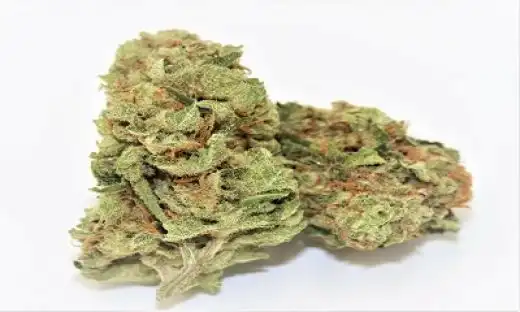

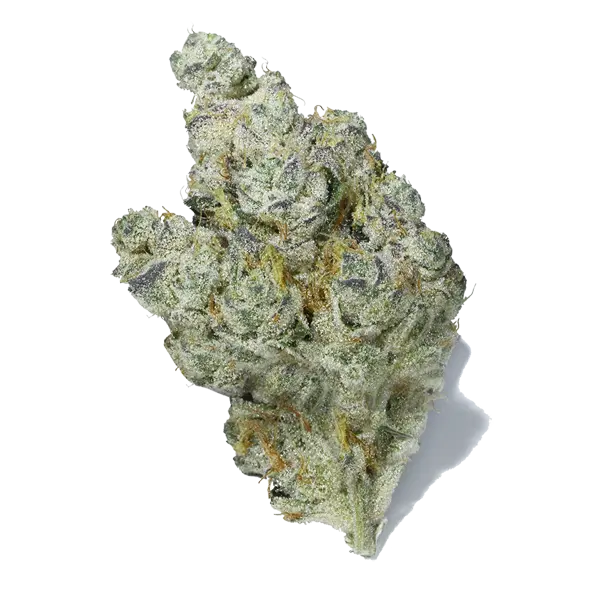
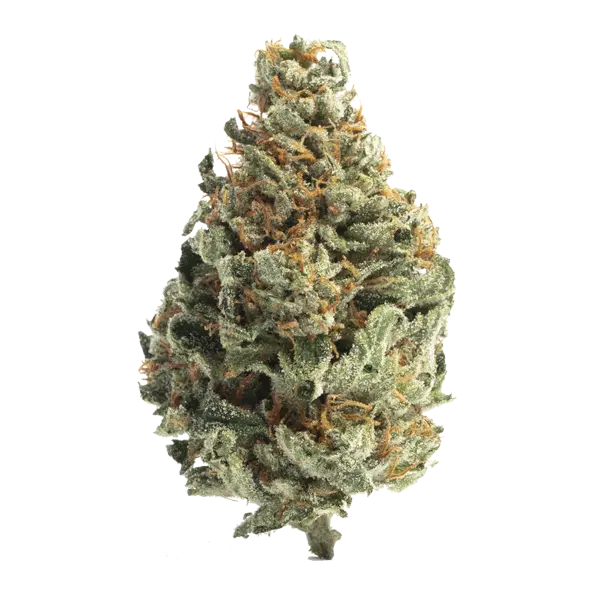
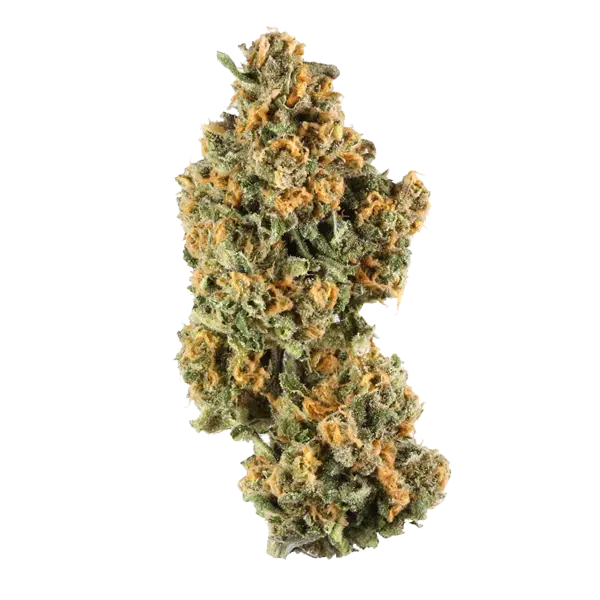
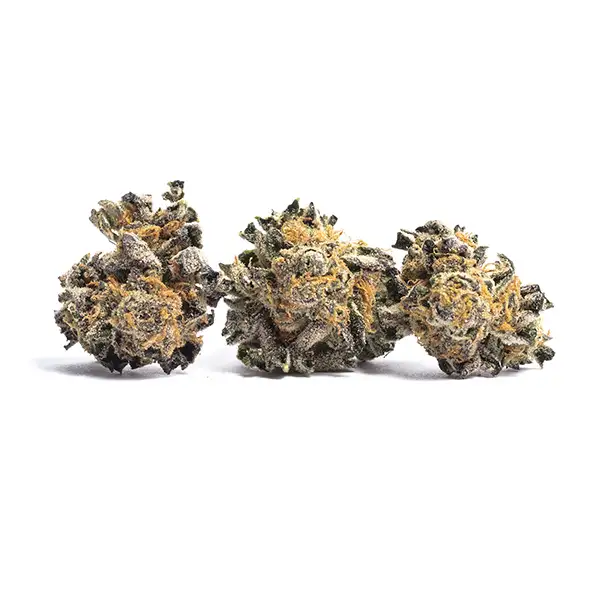
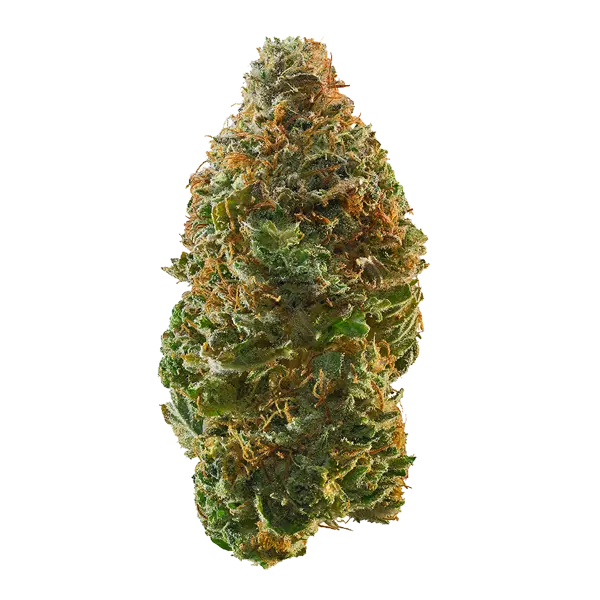
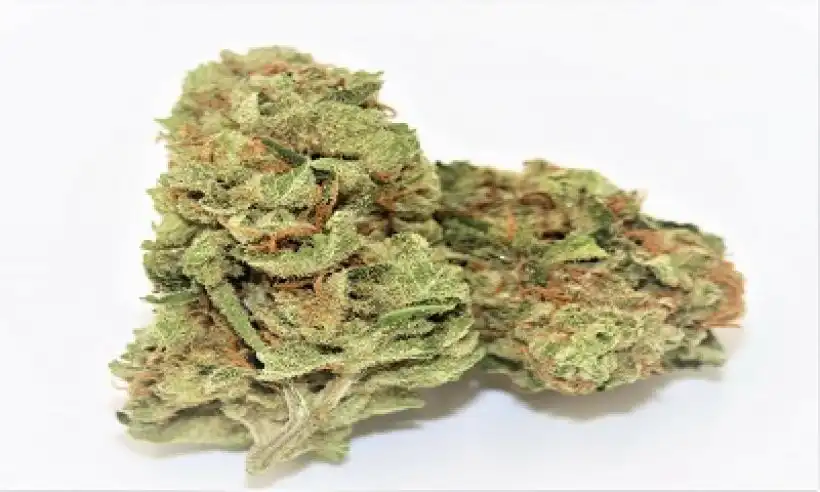
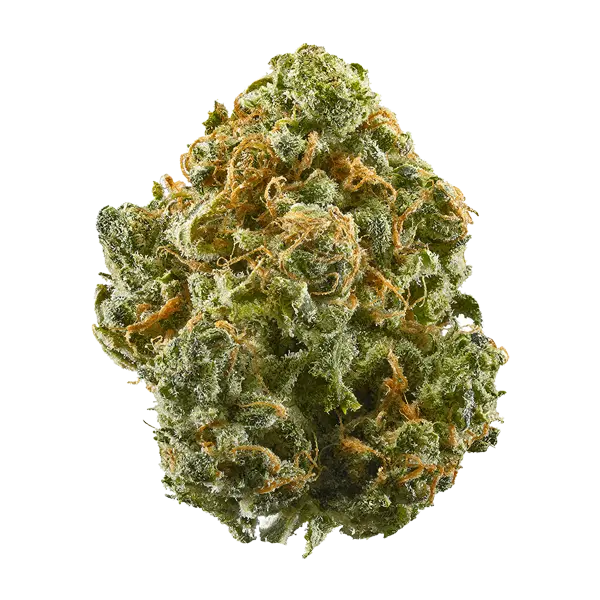
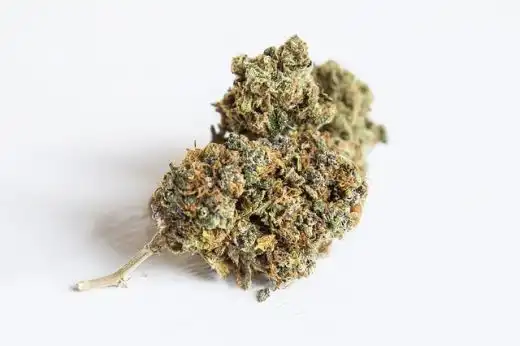
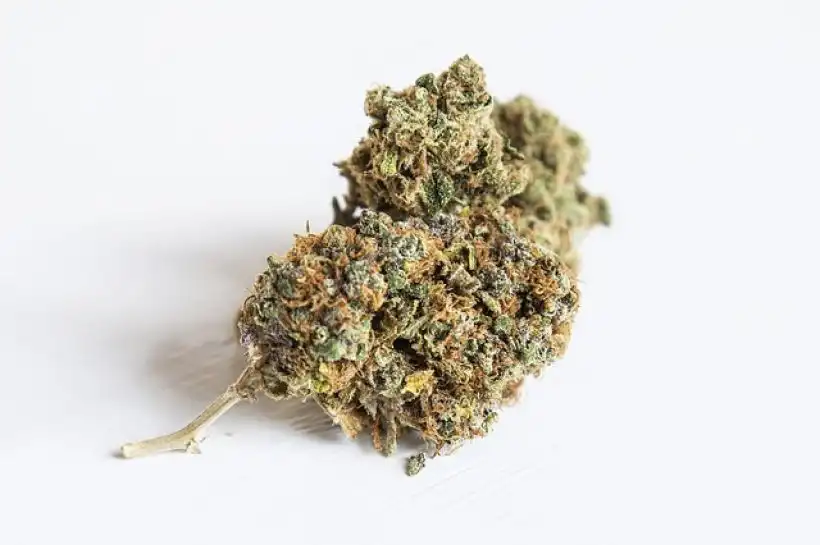
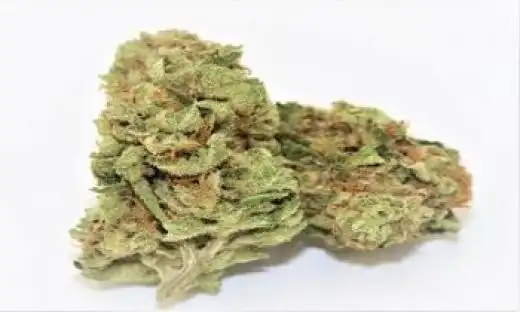
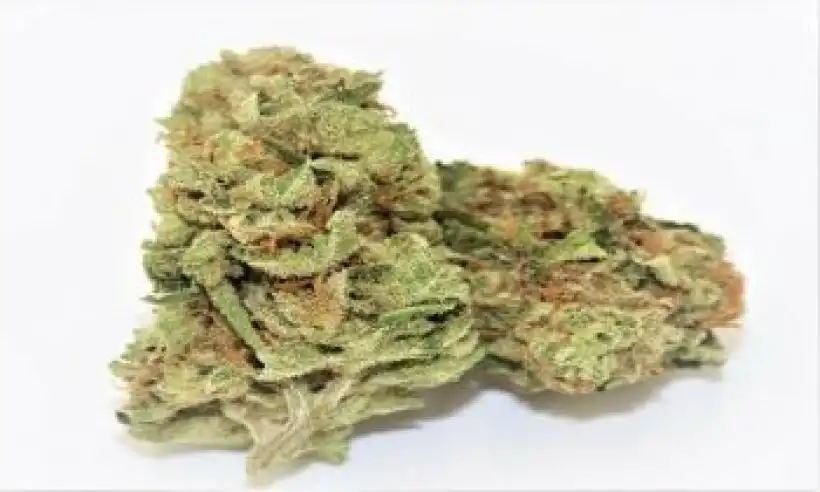
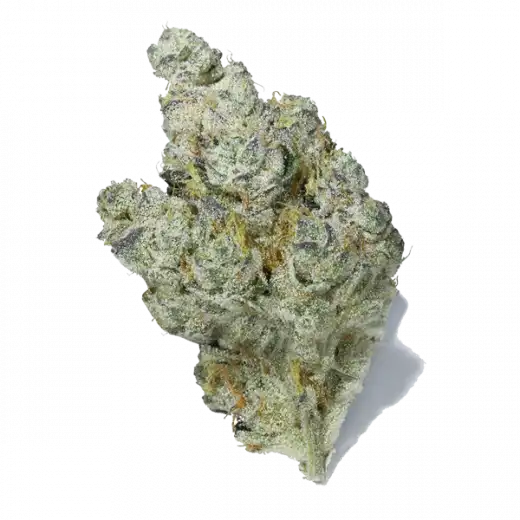
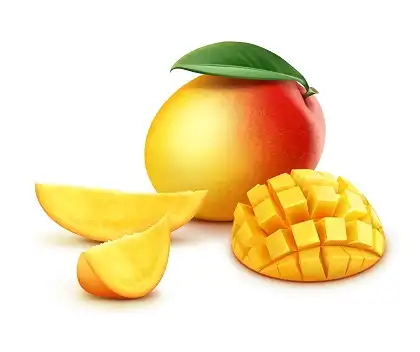
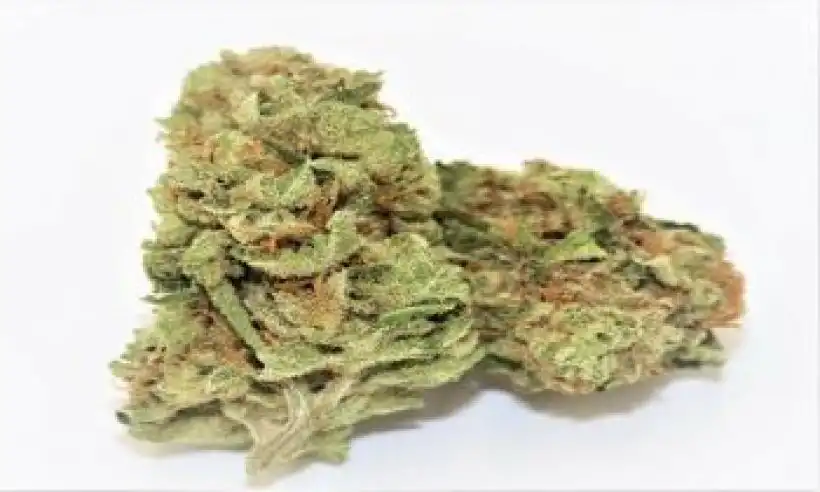
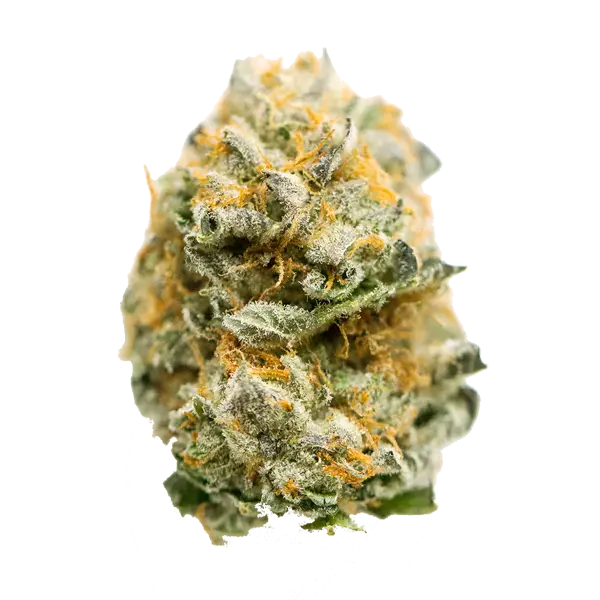
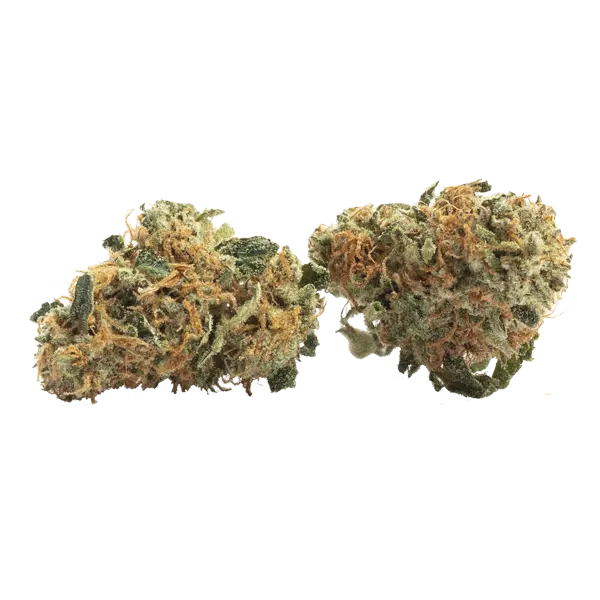
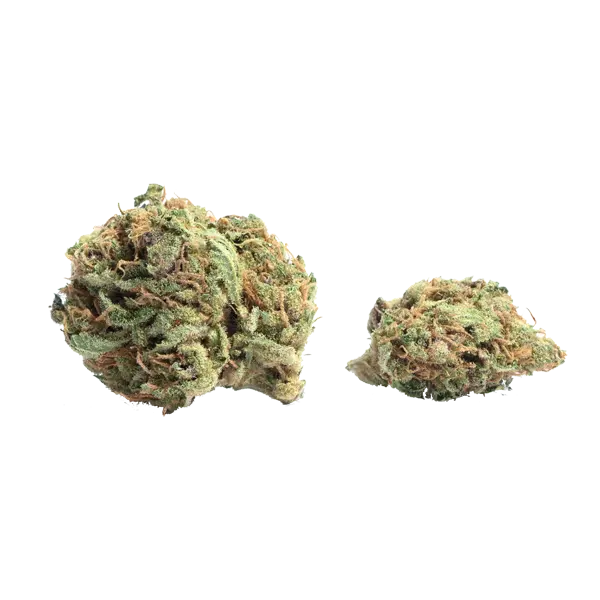
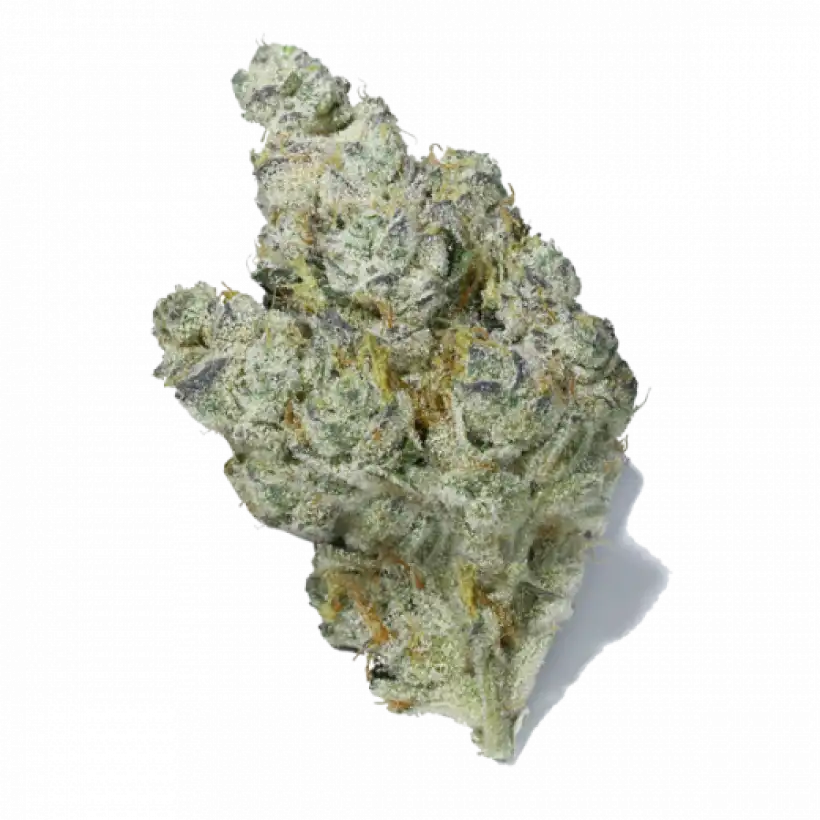
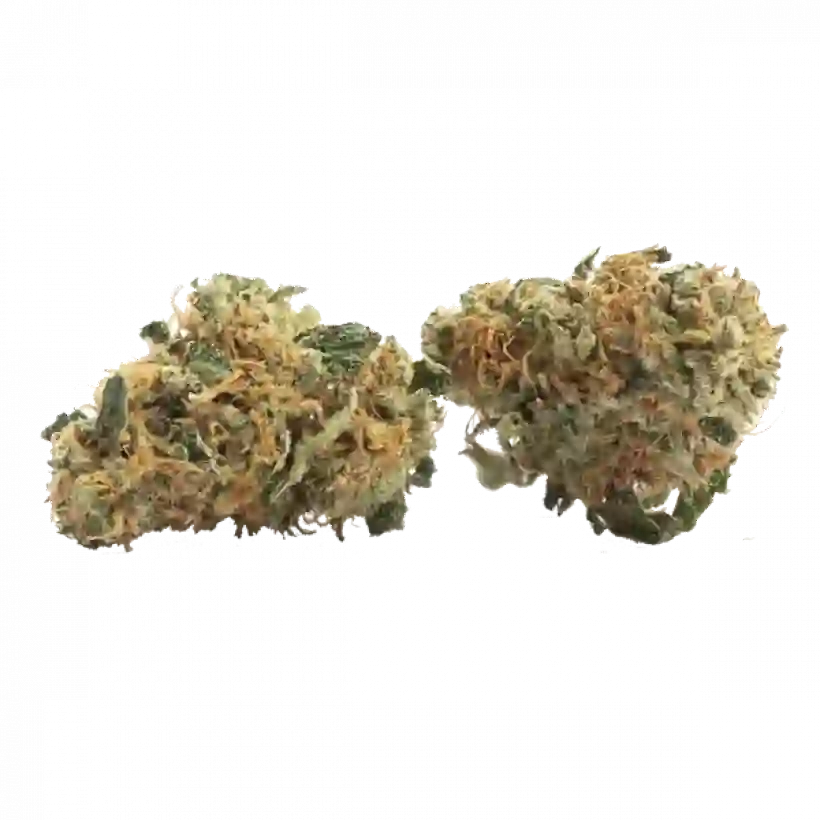
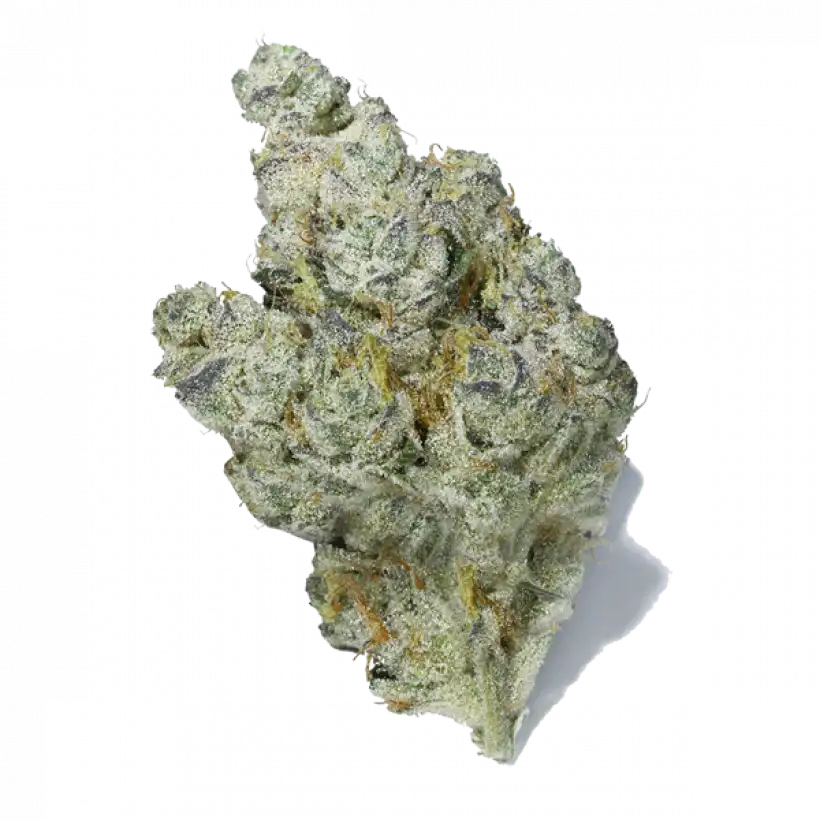
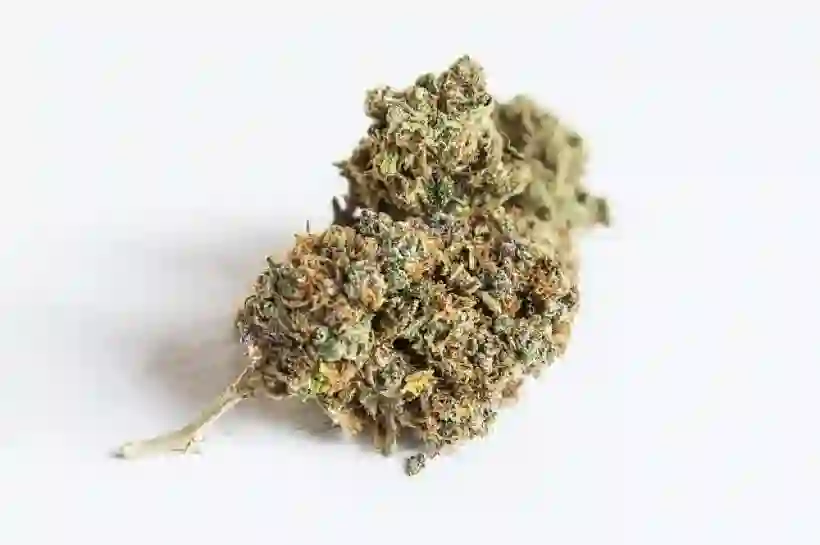
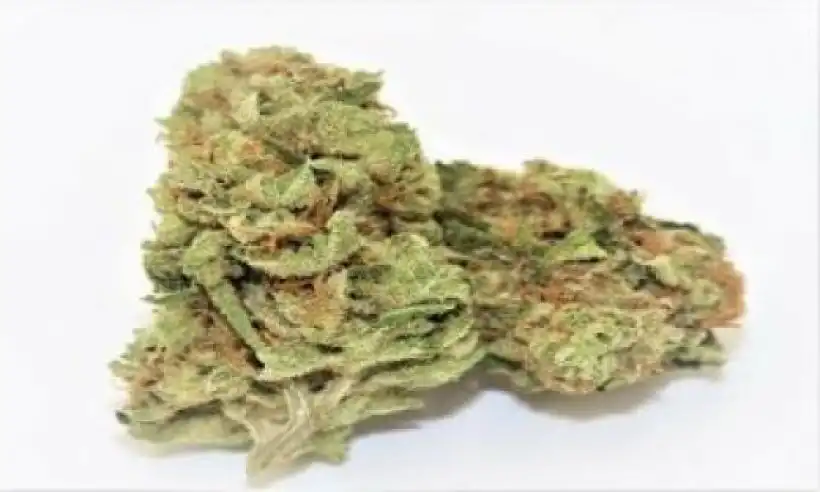
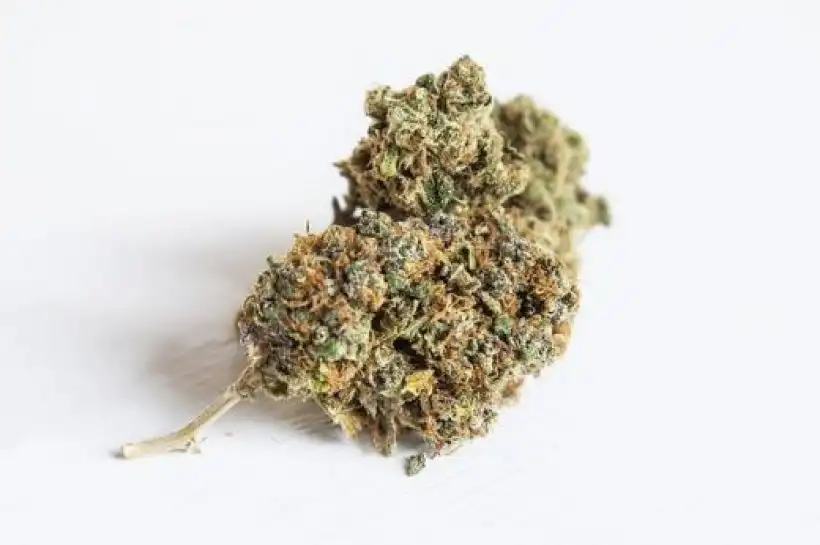

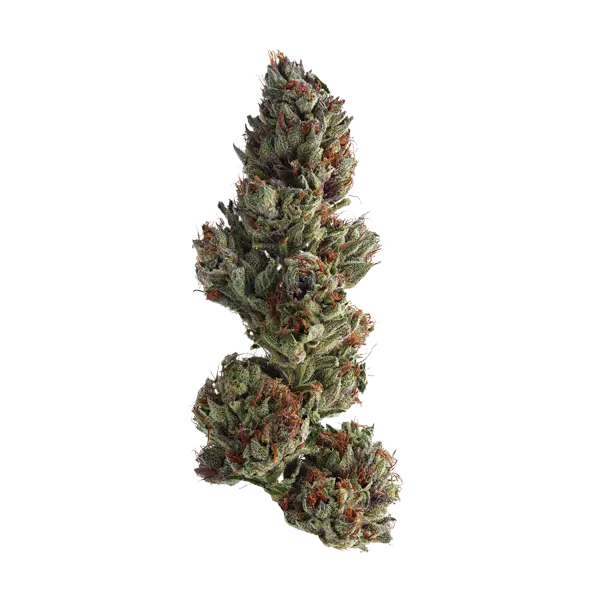
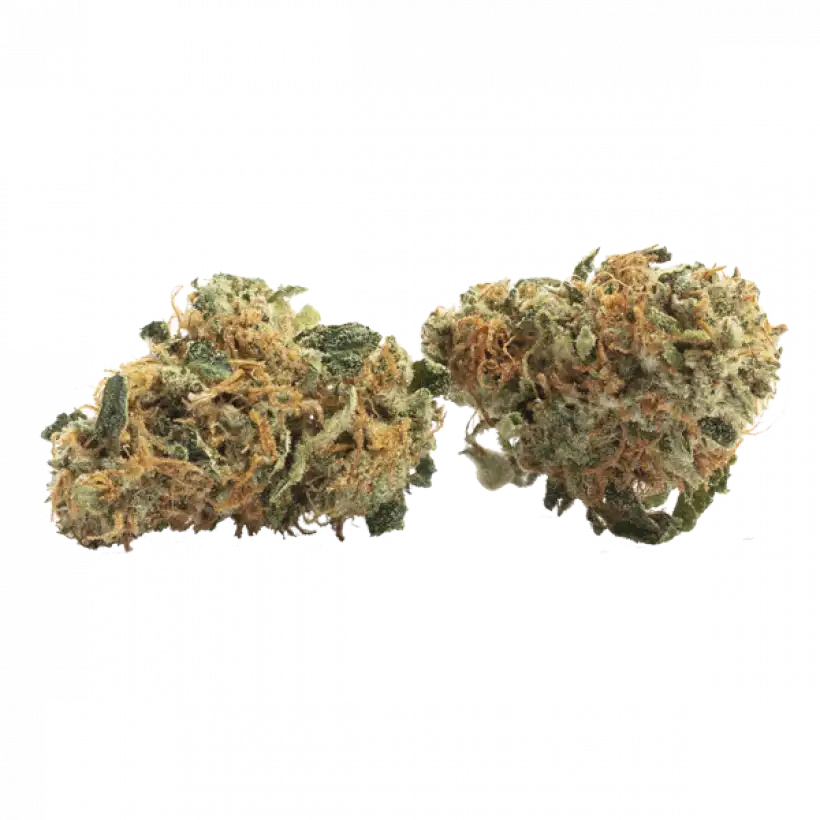
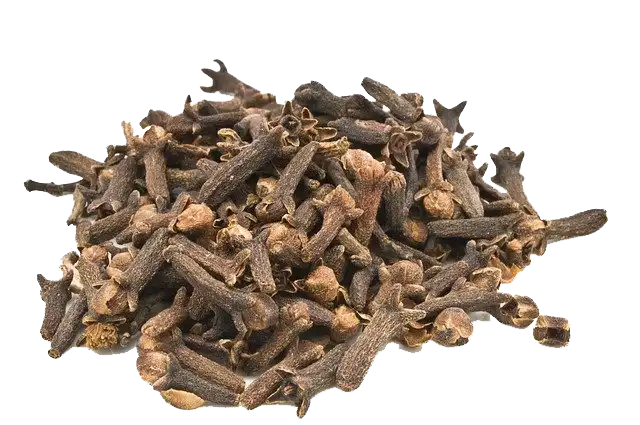
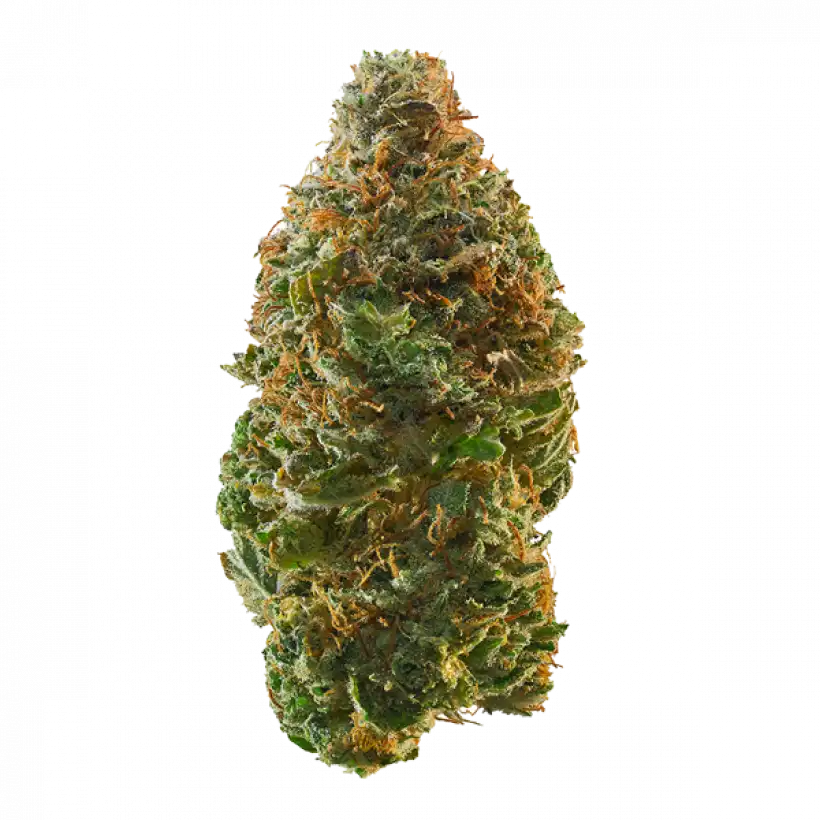

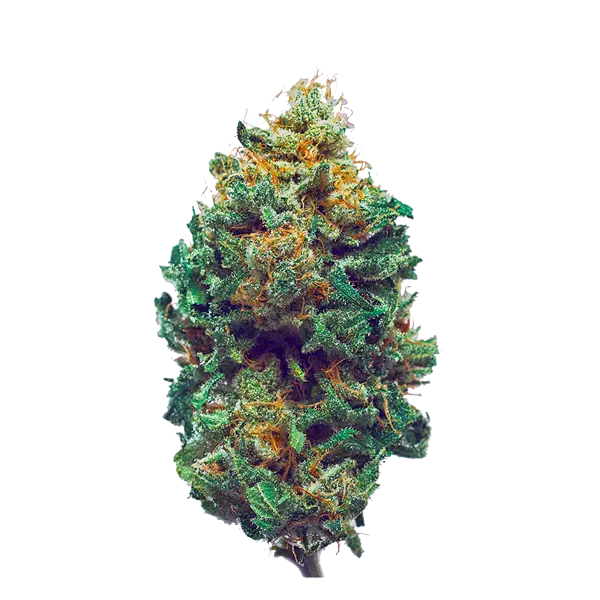

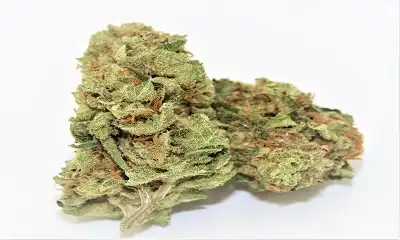
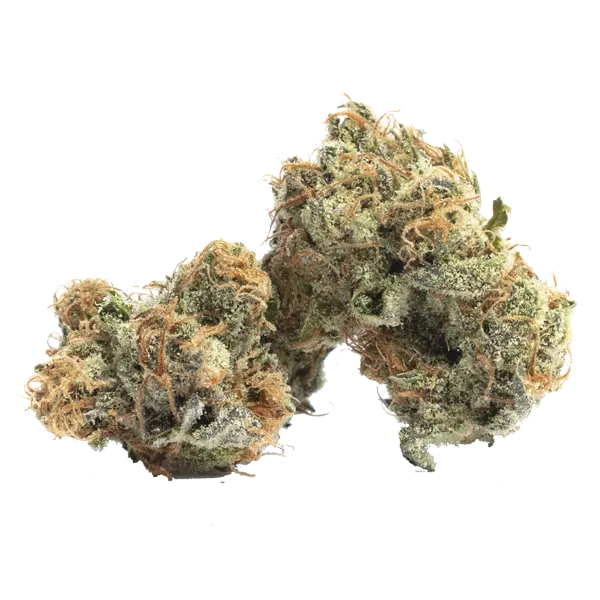
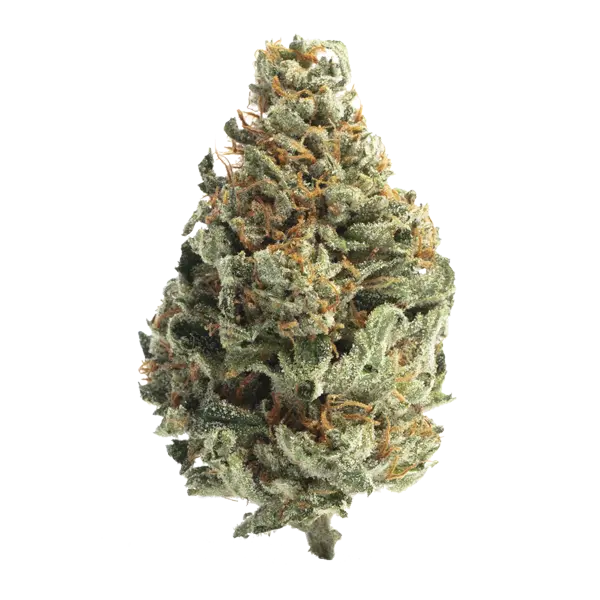
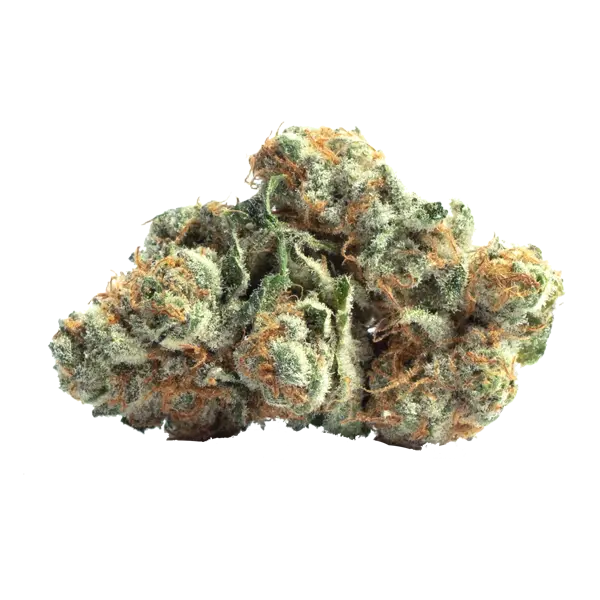
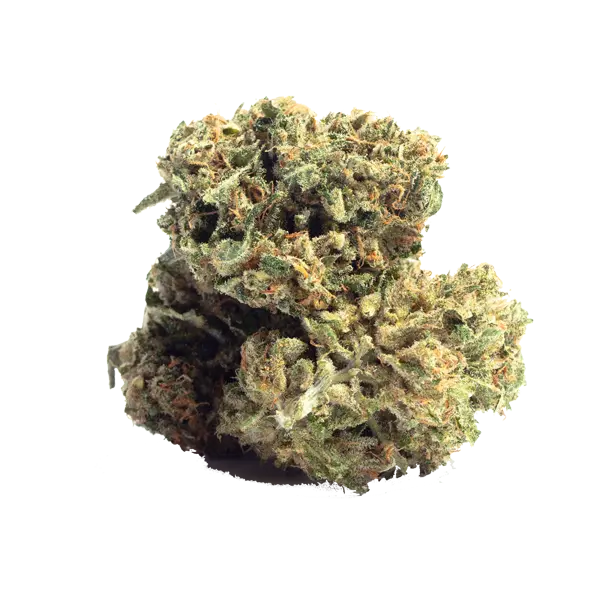
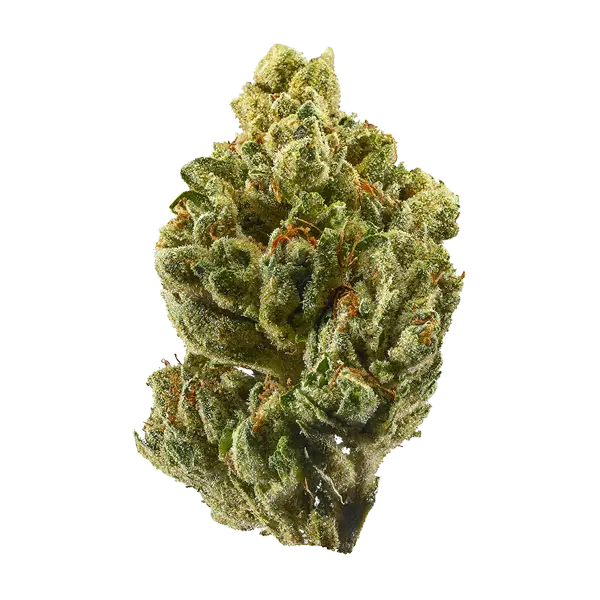
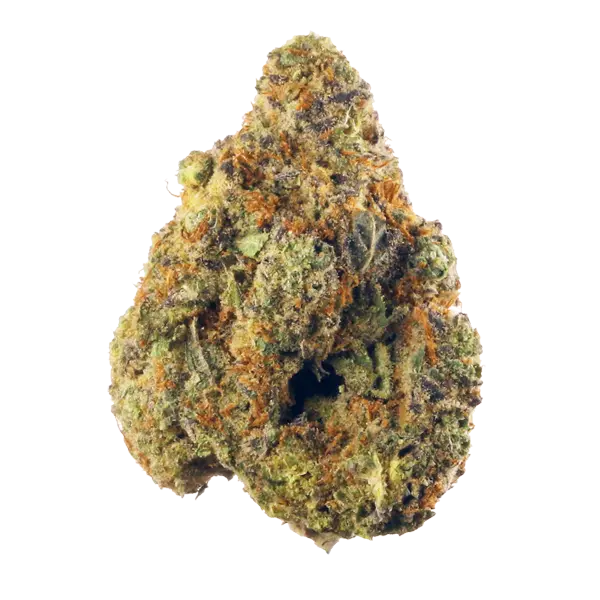
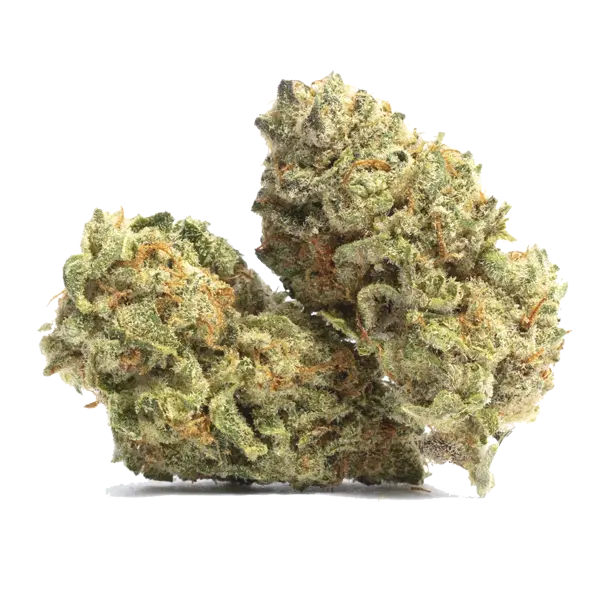
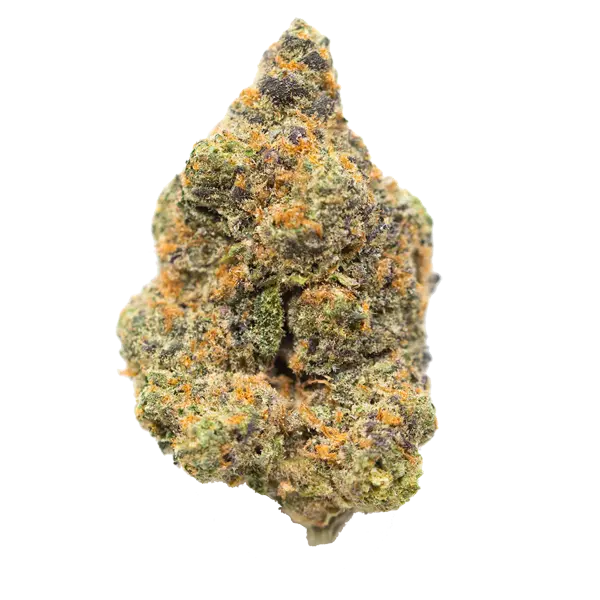
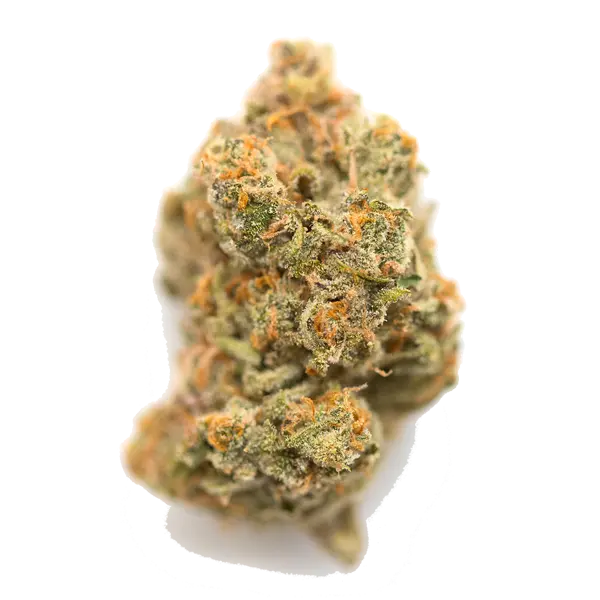
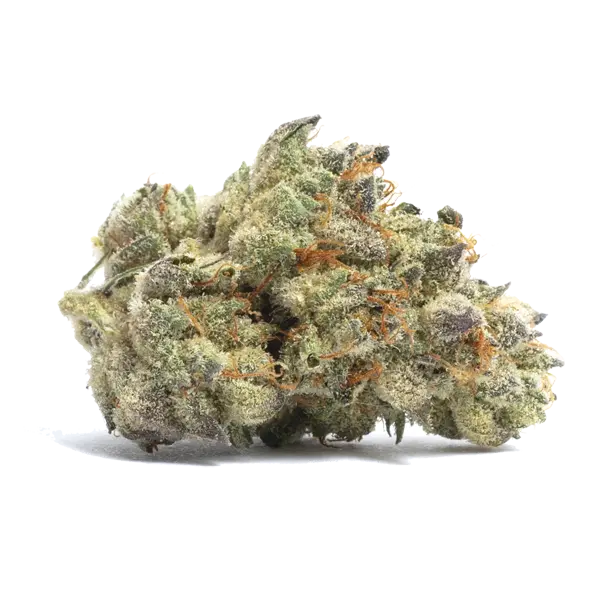
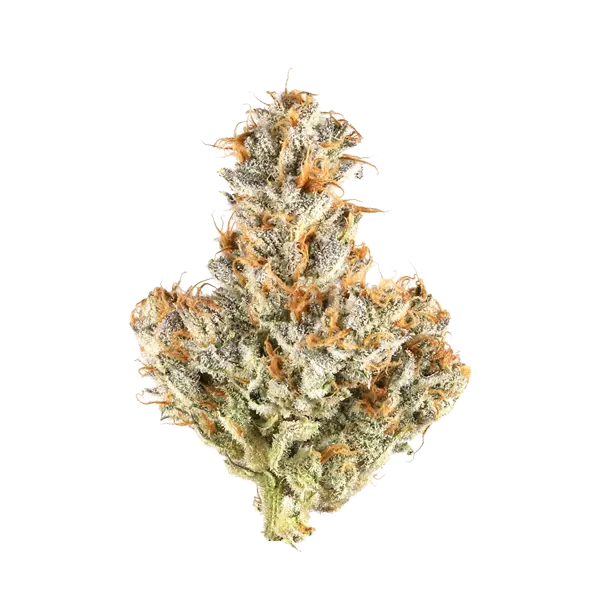
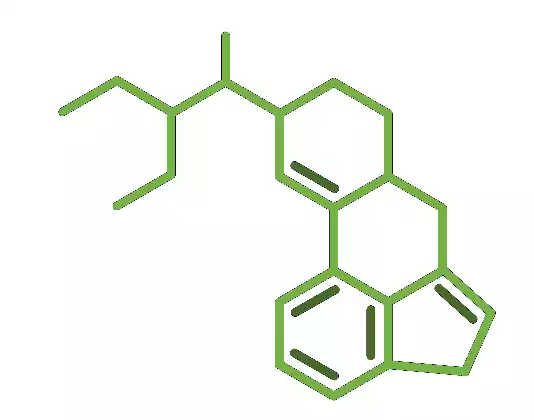





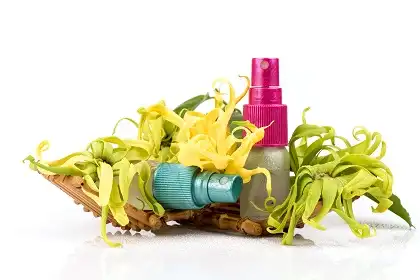










 Sativex and Cannabis
Sativex and Cannabis The best substances for microdosing
The best substances for microdosing








